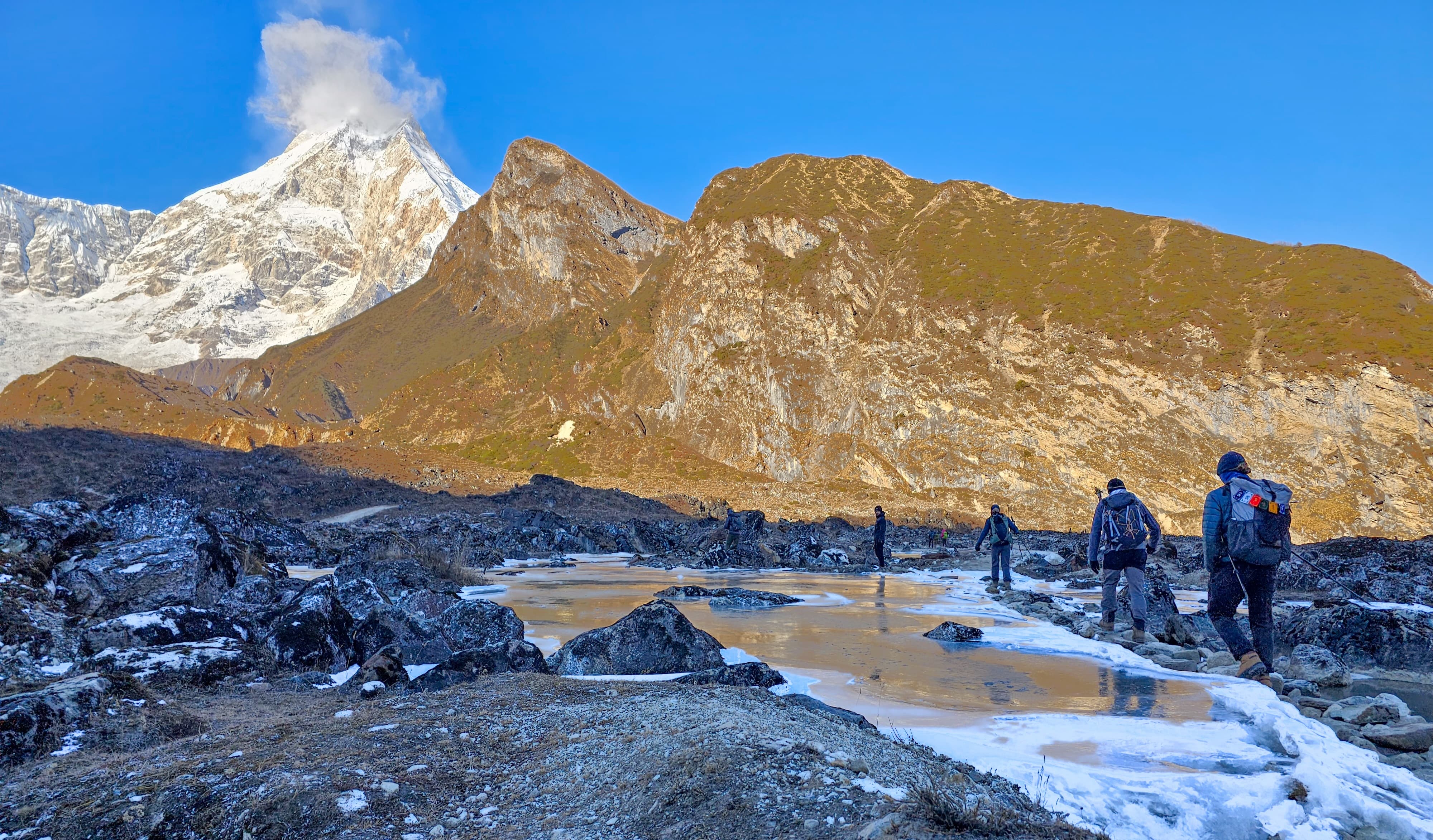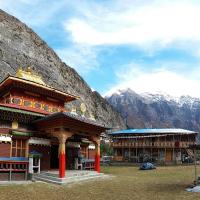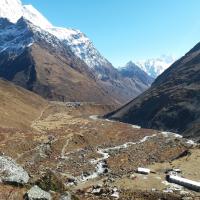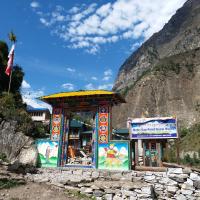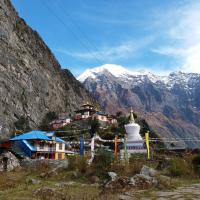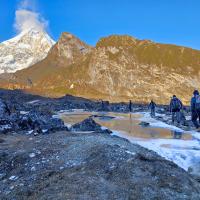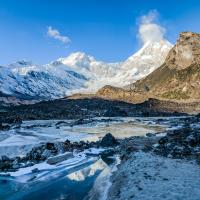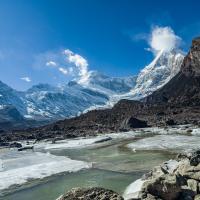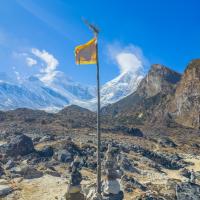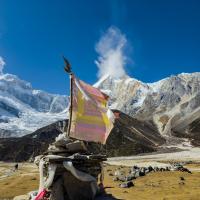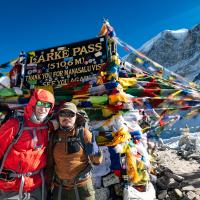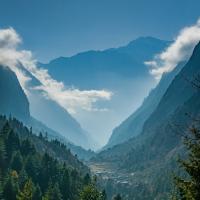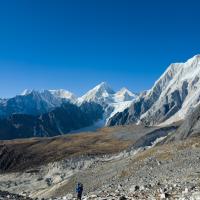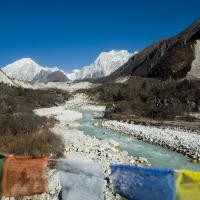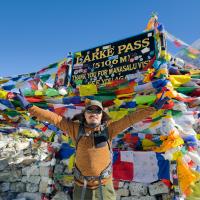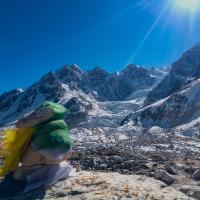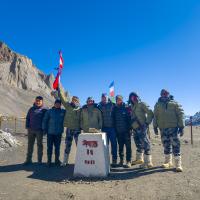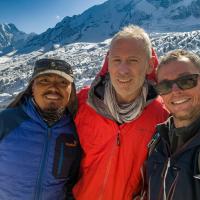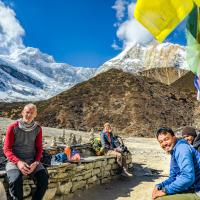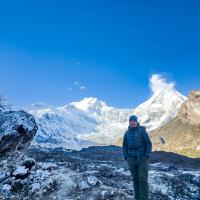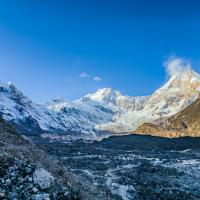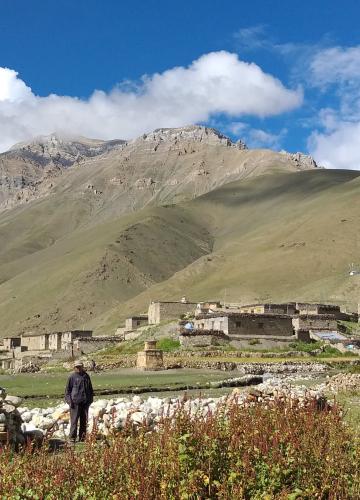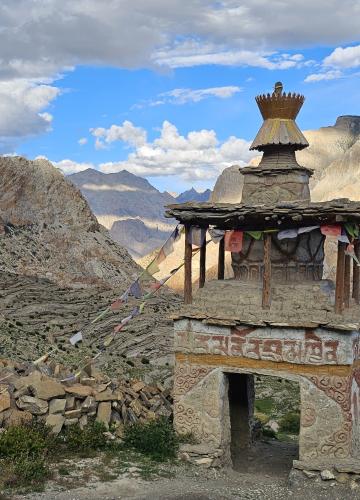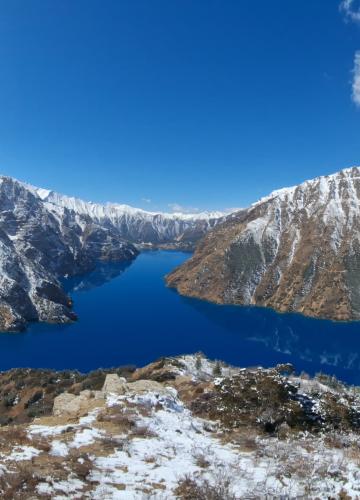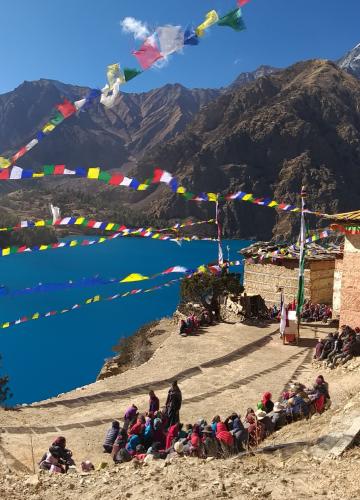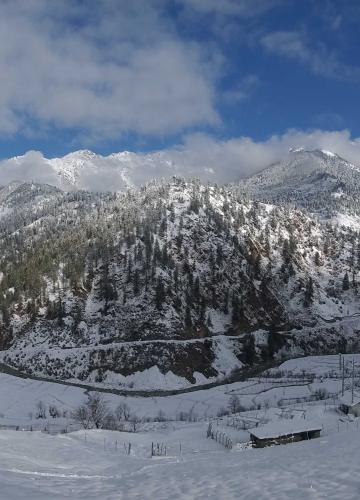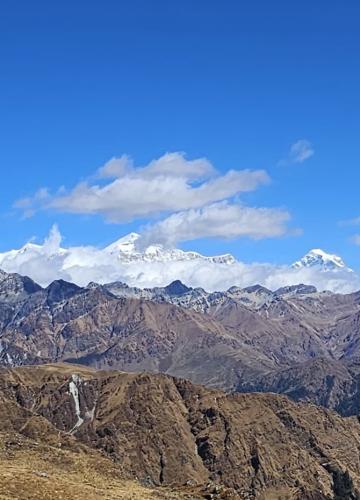Do you want to walk into the middle of towering Himalayas peaks, plunge into time-honored traditions, or embark on adventures that challenge yet fascinate you? The Manaslu Circuit Trek in Nepal takes you on an awe-filled journey.
Right in the middle of pristine landscapes of western Nepal lies a best-kept secret among trekkers who want to get off the beaten track-the Manaslu trek. While its more famous brethren, like Everest Base Camp or Annapurna Circuit, are often crowded and touristic, Manaslu Circuit Nepal is relatively quieter, more authentic, and equally-if not more-breathtaking.
Whether you’re a seasoned trekker or a curious adventurer, the Manaslu Circuit is the legendary trek that leads through the heart of Nepal's Himalayas into the most fascinatingly beautiful and culturally enriching areas. It circumscribes towering Mount Manaslu, the eighth-highest peak on Earth. Manaslu Trekking gives one a true insight into Himalayas trekking without being in a jam, as one generally sees on more commercialized routes like the Annapurna or Everest Base Camp treks.
Why Choose the Manaslu Circuit Trek?
The Manaslu Circuit is often compared to the Annapurna Circuit but offers a quieter, less commercialized experience. Nestled around Mt. Manaslu-the world's eighth-highest peak, at 8,163 meters (26,781 feet)-this trek promises unparalleled natural beauty, richness in culture, and unique biodiversities unlike anywhere else.
Here are the reasons to consider for Manaslu trek:
- Remote Adventure: There aren't a lot of trek routes that seem untouched, but the Manaslu Circuit feels fresh compared to many other treks.
- Cultural Immersion: The route takes you through traditional villages influenced by Tibetan Buddhism, where prayer flags flutter, and monasteries dot the trails.
- Diverse Landscapes: The trek offers a variety of scenery, from subtropical forests to alpine meadows and glacial terrains.
- Larkya La Pass: Crossing the 5,160-meter (16,930 feet) Larkya La Pass is a challenging yet rewarding highlight.
Manaslu Circuit Trekking Map
Having a Manaslu Circuit Trekking Map is essential for navigating the trails. Most trekking agencies provide detailed maps outlining key stops, elevation profiles, and landmarks. This map is your best companion for a seamless trekking experience.
Best Time for Trekking Manaslu Nepal
- Spring (March-May): Enjoy blooming rhododendrons and clear skies.
- Autumn (September-November): Experience stable weather and excellent visibility.
Avoid monsoon (June-August) and winter (December-February) due to safety concerns and harsh conditions. For more details, click here.
For more information on this incredible trek into the heart of the Himalayas, or to reserve your space and Customized Itinerary, contact us now.
